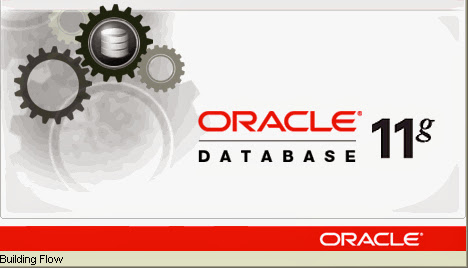Supplier2 Schema Oracle 11g
Added a possibility to use system. Silahkan anda baca cara terbaru mengatasi IDM Fake Serial Number dengan. Crack idm download idm idm idm crack idm. Serial Number Key IDM 6.30 Build 1 Full Version Working 2018 Internet Download Manager 6.30 Build 01 Terbaru 2018 IDM 6.30 Build 1 Full ( New Crack & Patch ) 2018 Internet Download Manager v6.30 Build 1 Full Patch & Repack FIXED 2018 Internet Download Manager 6.30 Build 1 Full Patch 2018 IDM Crack 6.30 Build 1 Serial Key Patch 2018 100%. Serial Number IDM Update Terbaru 2017.

Terlanjur silahkan keluar dengan klik kanan IDm di system try dan klik keluar / exit Copy crack dan paste di direktory.1.Download and unzip Oracle 11 g Client ODT-ODAC (11.2.0.2.1).zip. 2.Launch the Setup.exe file.
Oracle Database 11g
(Note that screen shots below reference an older version but are still applicable). 3.Click Next to continue. Database: Oracle 11 g Release 2 11.2.0.3 64 bit Database Client: Oracle 11 g Release 2 11.2.0.3 32 bit Application SW: Documentum Content Server 32 bit OS: Solaris Sparc 64 bit. The client and application are on same box and the database is on a different box.Importing Metadata with the Administration Tool The client-only install of the OBIEE 11g Administration Tool is installed with a set of OCI libraries. This means that it can support basic Oracle Database interaction, without the need for a full Oracle Client installation on the machine. For example, you can update row counts in the Physical layer of the RPD of tables that are on Oracle.

Unfortunately, the supplied OCI libraries are not complete, which leads to a rather tricky problem to diagnose. When you use the Import Metadata operation (either from the File menu, or context menu on an existing Connection Pool), the step ('Select Metadata objects') which ought to show the schemas just shows a stub, and no schemas. No error is shown by the Administration Tool, giving the erroneous impression that there just aren't any schemas in the database. Missing OCI library The Administration Tool writes a log, which by default is in the following rather long path: C: Program Files Oracle Business Intelligence Enterprise Edition Plus Client oraclebi orainst diagnostics logs OracleBIServerComponent coreapplication AdministratorNQSAdminTool.log If you examine the log, you'll see this error: 2011-12-16T15:10:12.000+00:00 OracleBIServerComponent ERROR:1 ecid: tid: 8b4 nQSError: 93001 Can not load library, oracore11.dll, due to, The specified module could not be found.The specified module could not be found. Unzip the installer and run setup.exe.If you want as minimal an installation as possible, then select the custom installation, and choose just the 'Oracle Call Interface (OCI)' option. Once you've installed the Full Client, restart the AdminTool and the Import Metadata function will now work.
Footnote - tnsnames.ora Don't forget that if you don't install the full Oracle Client and use the OCI functionality provided by the OBIEE installation alone, you will need to configure your tnsnames.ora file in C: Program Files Oracle Business Intelligence Enterprise Edition Plus Client oraclebi orahome network admin tnsnames.ora.The exception is if you are using Easy Connect DSNs ( dbserver:port/sid) in your RPD rather than TNS entries ( orcl etc) Footnote - troubleshooting library issues Microsoft's includes the program ProcMon. You can point this at a running process and see what it's up to in terms of file access, DLLs, and networking.
Supplier2 Schema Oracle 11g Pdf
Shutter island rapidshare german. It is great for detecting things like:. Which files a process writes to (eg where is a user preference stored). Check which PATHs are being searched for an executable / library. Which tnsnames.ora is being picked up.
What network connections are being made, or failing. Registry key access When you run ProcMon you'll realise how much is going on in the background of your Windows machine - there'll be screenful upon screenful of output. To focus on the target of your analysis, use the Include Process option to just show AdminTool.exe: You can then see things like it searching for the oracore11.dll which it is missing: The next entry shows the log file being updated, giving you the path if you didn't know it already.Assuming a Windows installation, do please refer to this:. Uninstall all Oracle components using the Oracle Universal Installer (OUI).
Run regedit.exe and delete the HKEYLOCALMACHINE SOFTWARE ORACLE key. This contains registry entires for all Oracle products. Delete any references to Oracle services left behind in the following part of the registry: HKEYLOCALMACHINE SYSTEM CurrentControlSet Services Ora. It should be pretty obvious which ones relate to Oracle.fapolaussie.